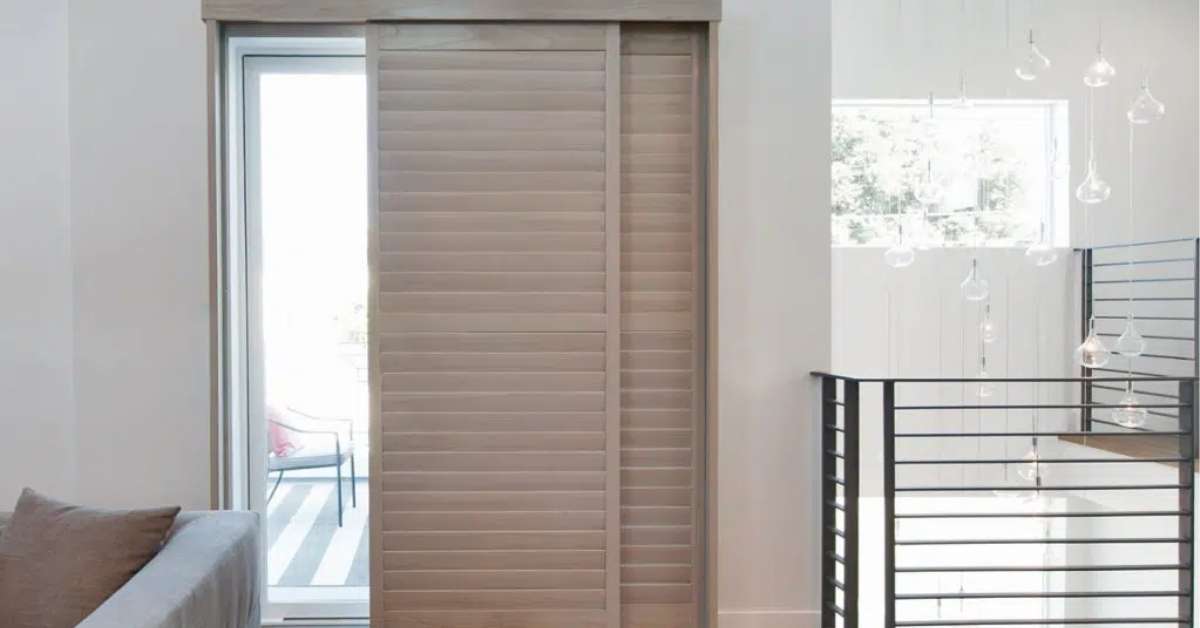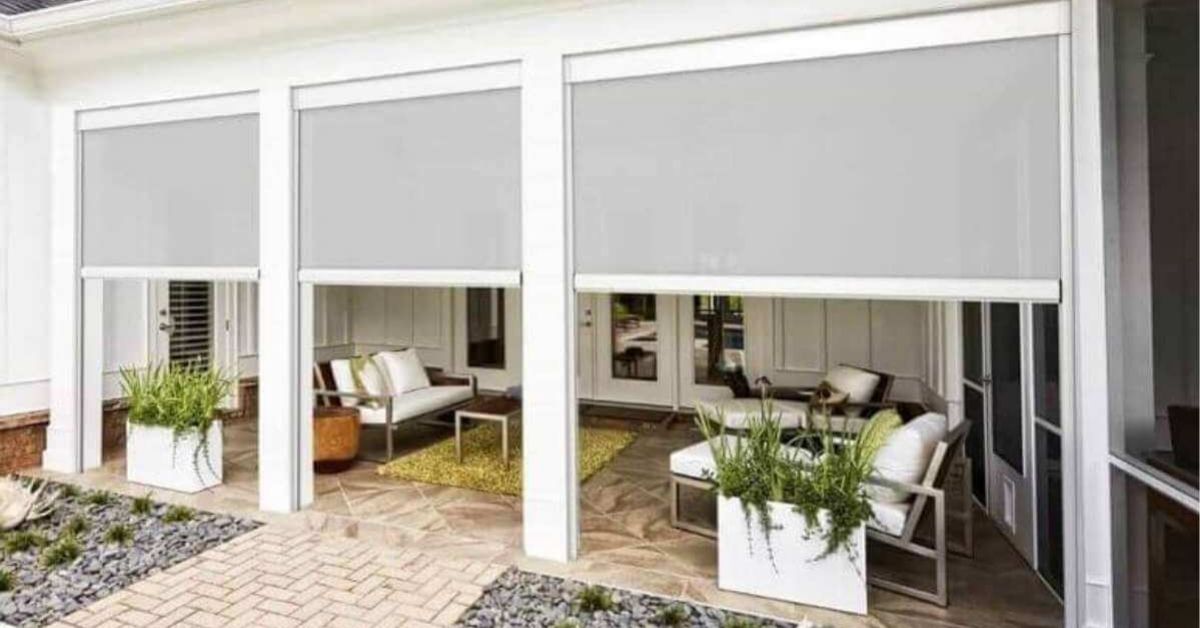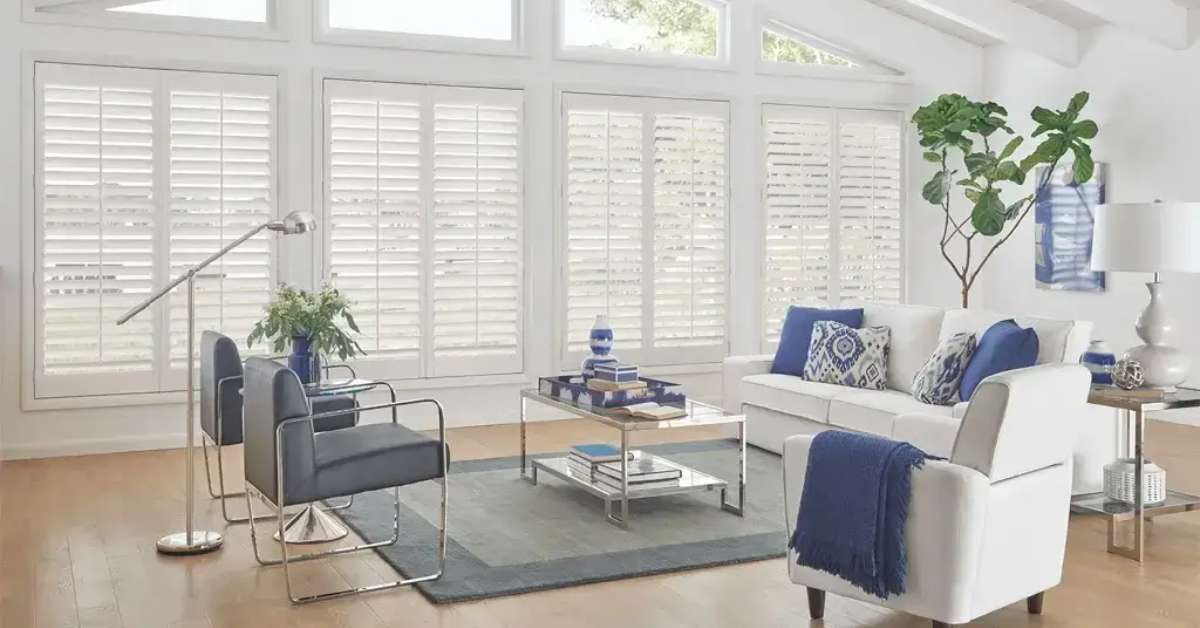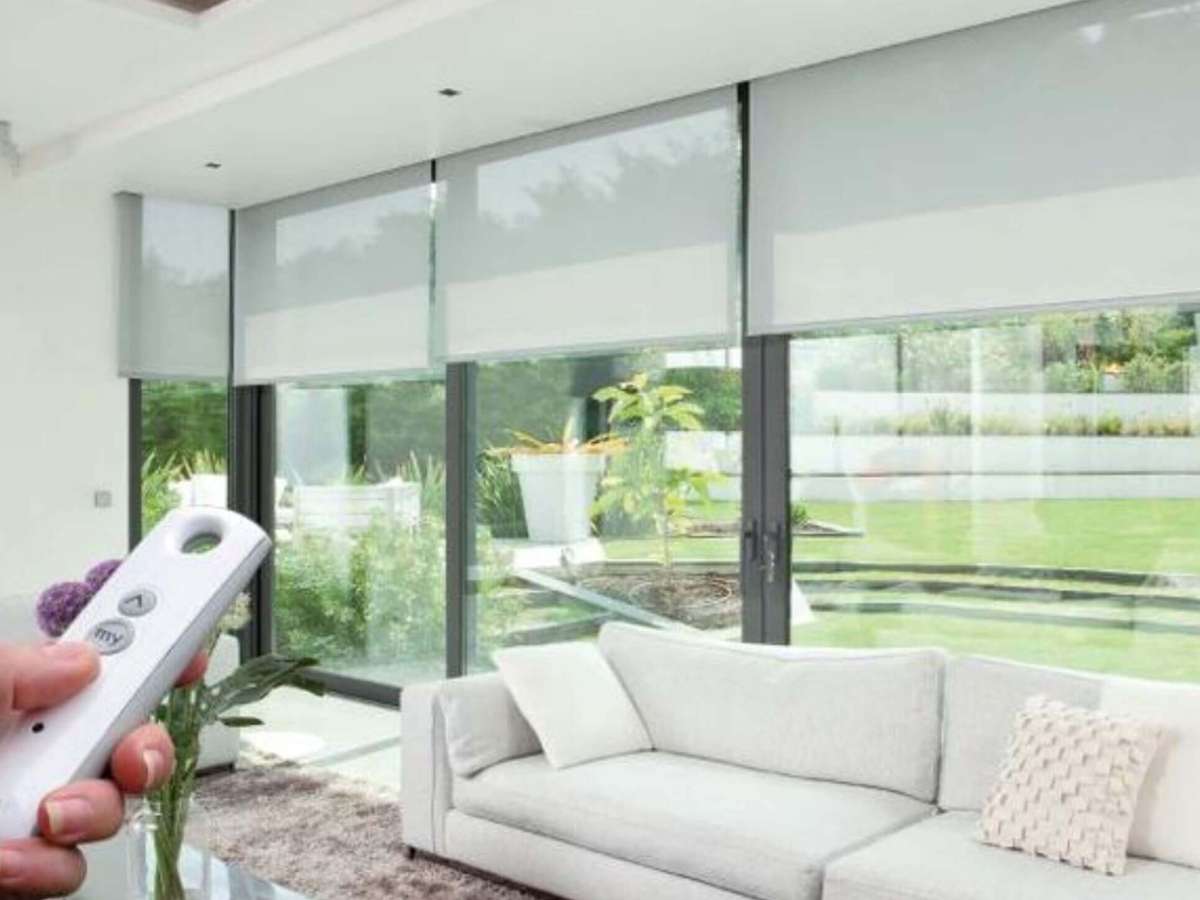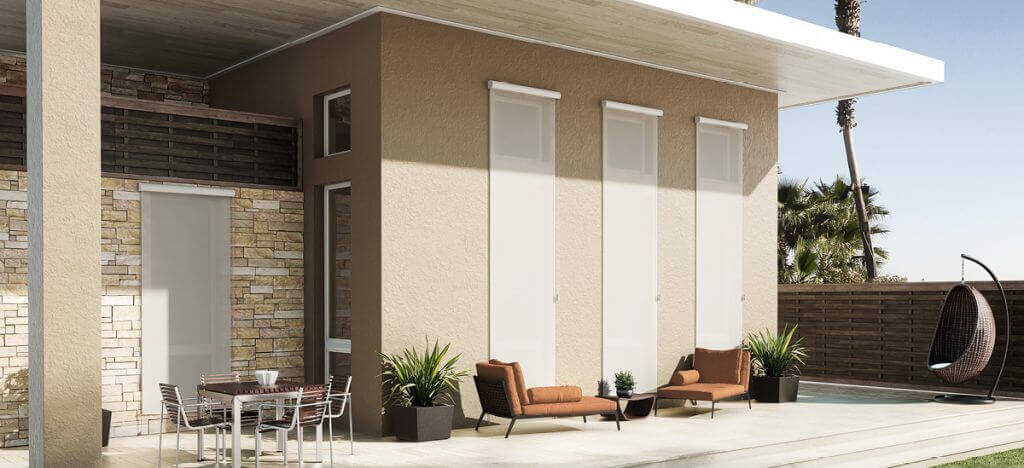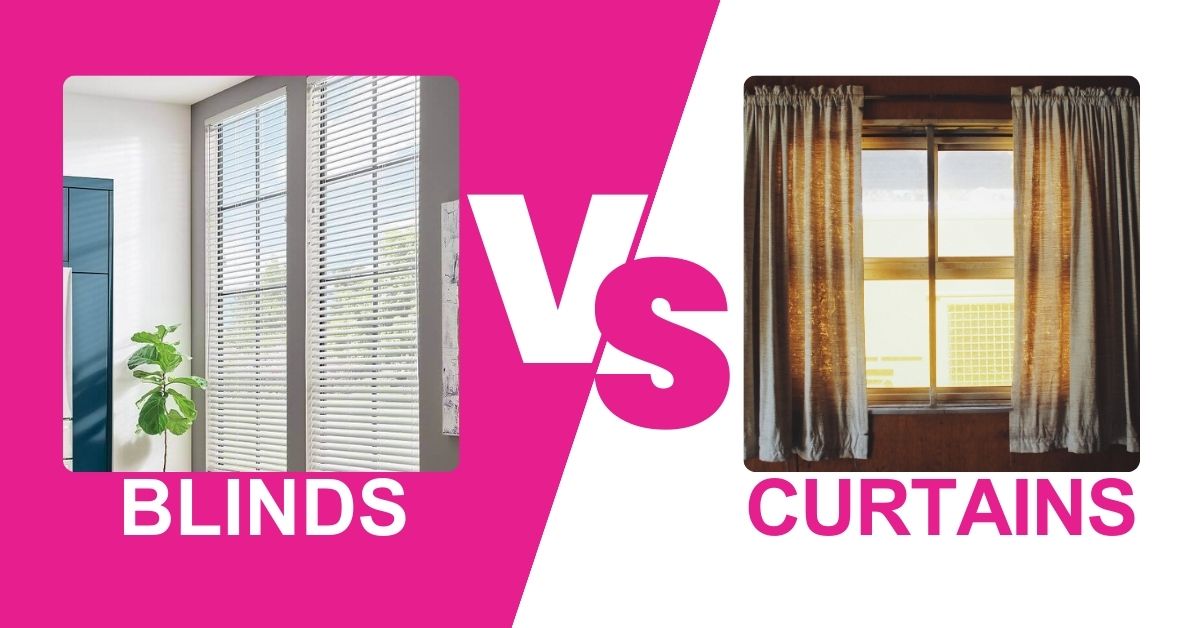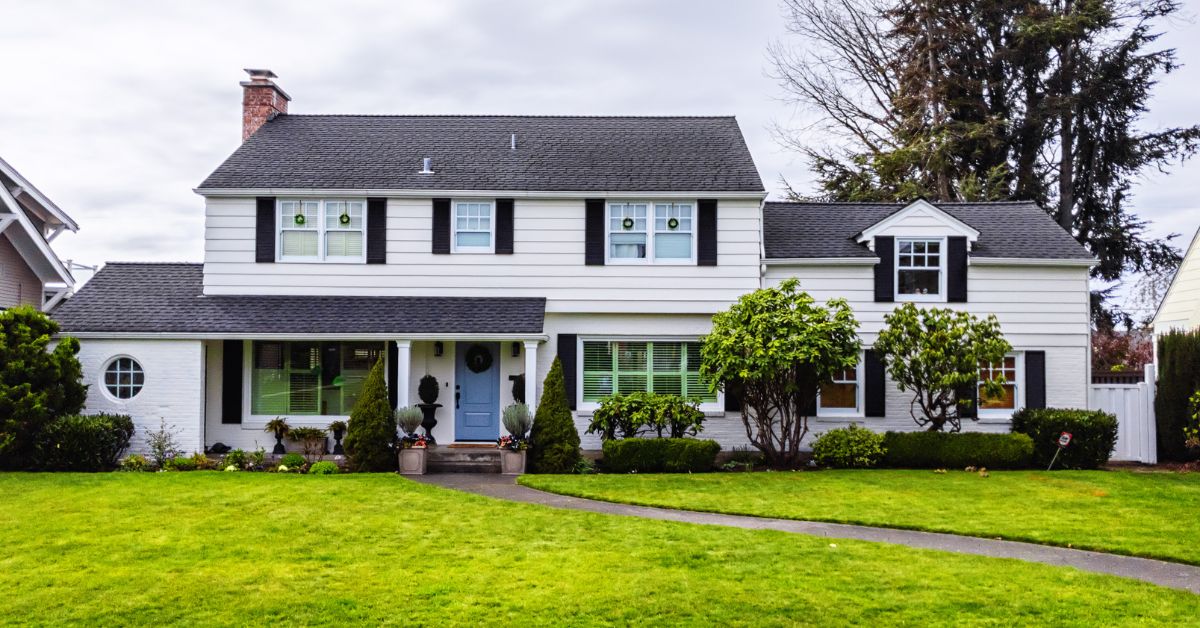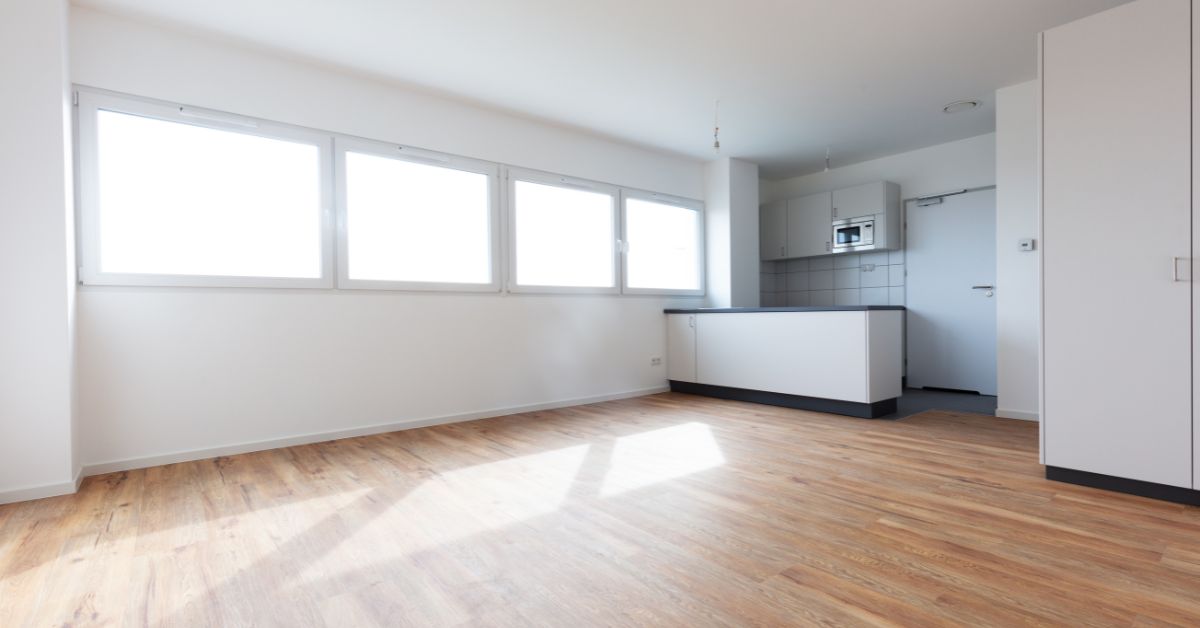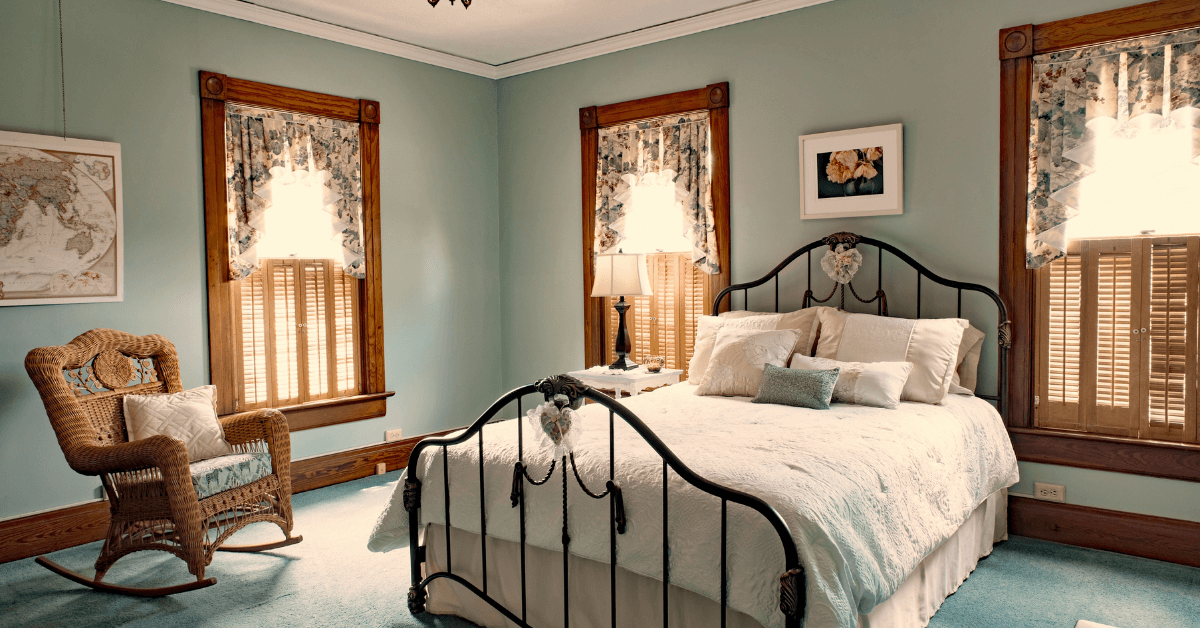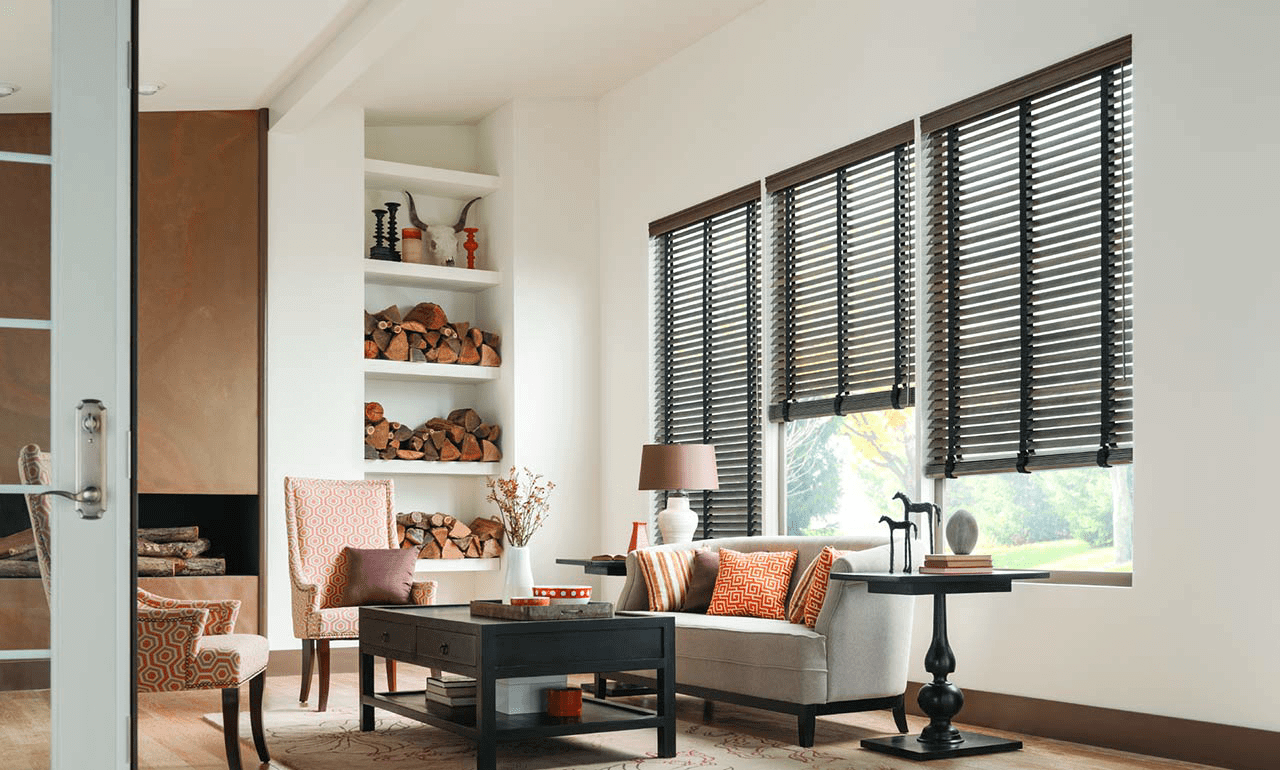Ever chosen a fabric for your roman shade that just didn’t feel right? It hung there, listless and unimpressive, almost pleading for change.
We’ve all been there. The frustration of poor fabric choice is something we can all relate to.
But what if I told you the power to transform your space was within your reach? What if the perfect blend of functionality and aesthetics could be yours?
The secret lies in understanding fabrics – their unique characteristics, benefits, drawbacks – it’s like having a magic key!
This isn’t about simple decor anymore; this is about revolutionizing your windows with informed choices. Ready to unlock new possibilities?
In this blog, we’ll explore the best fabric options to help you achieve your desired look. And when it comes to finding the perfect Roman shades, look no further than Bloomin’ Blinds Austin.
Natural Fabrics
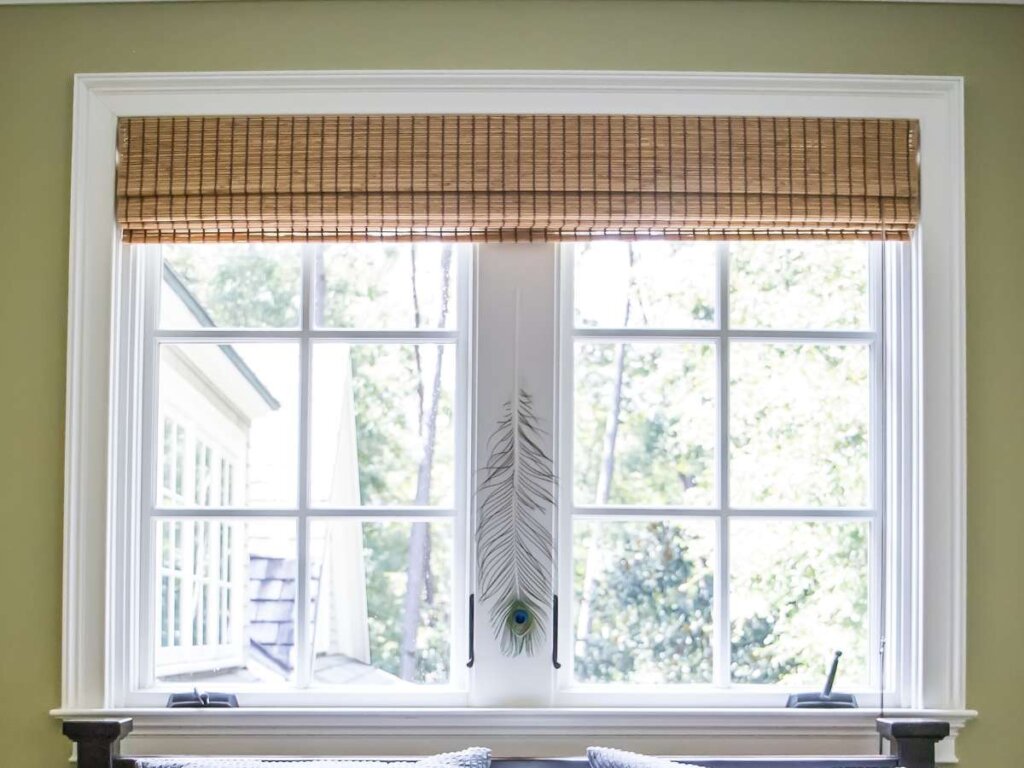
When it comes to choosing window treatments like fabric roman shades, the material matters. And natural fabrics have their unique appeal and benefits. We’re talking about cotton, linen, bamboo, jute, silk, wool – even flax.
Cotton: The Versatile Choice
Cotton is often a go-to choice for roman shades due to its versatility and durability. It’s light but sturdy and can hold up against sunlight without fading too quickly.
Linen: For That Elegant Look
If you’re going for an elegant look with your window treatment, linen should be on top of your list. This fabric gives off that classic vibe while being durable enough to resist wear and tear from use.
Bamboo & Jute: Go Green
For those who want eco-friendly options in their homes – bamboo or jute could be perfect. These materials are not just sustainable but also add an earthy touch to any space they adorn.
Silk & Wool: Luxurious Options
Looking for something more luxurious? Silk or wool might fit the bill perfectly. They may require extra care when cleaning.
Synthetic Fabric
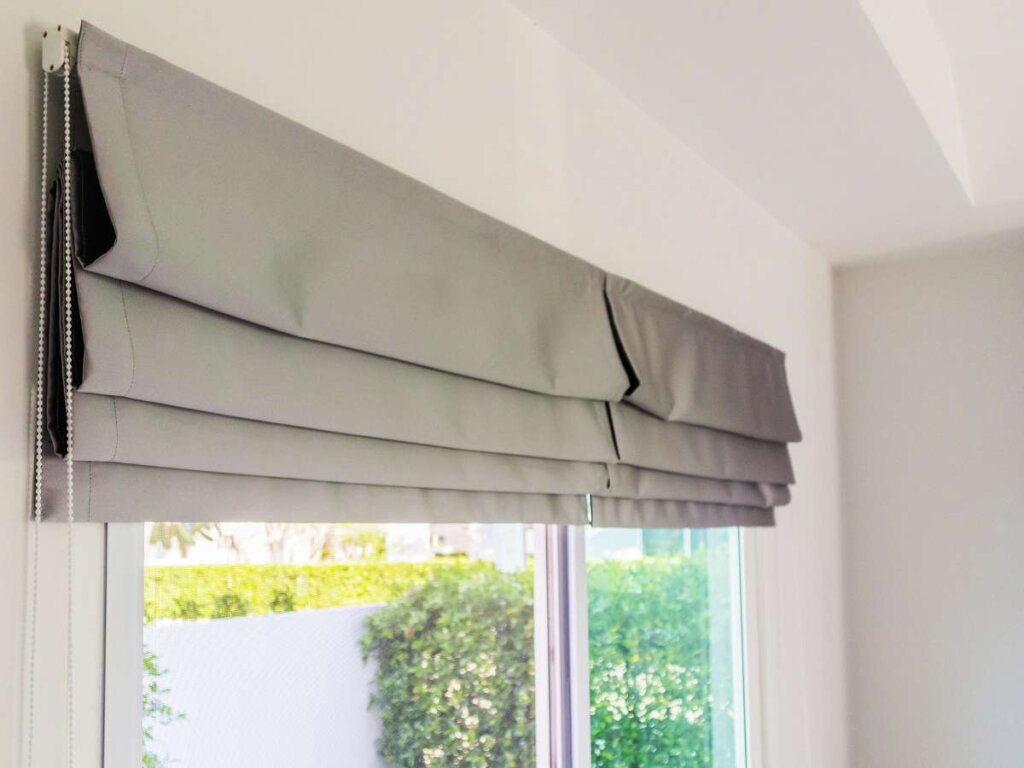
For the best Roman shades, synthetic fabrics such as rayon, polyester, acrylic, and nylon are an ideal choice due to their scientific properties. Why so? Well, these aren’t just any fabrics – they’re gifts to us by science.
Synthetic fabrics are man-made wonders that offer durability and easy maintenance. They resist wear-and-tear better than their natural counterparts.
Rayon: The Regal One
If you’ve got a thing for silk but not its price tag or delicacy (who wants high-maintenance curtains?), then meet Rayon. It gives off that same classy vibe without breaking the bank or causing cleaning headaches. Learn more about Rayon here.
Polyester: The Practical Pick
Moving on to Polyester – it’s known for being incredibly durable and resisting wrinkles like no one’s business. Plus, it doesn’t mind hanging out in sunlit rooms as sunlight barely affects it.
Nylon & Acrylic: All About Affordability
Last but definitely not least – Nylon and Acrylic. These two gems are pocket-friendly and can imitate the feel of wool or silk, without any special care instructions. But remember – they don’t take too kindly to sunlight, so keep ’em away from those sunlit windows. Get more insights on Nylon here. Discover why Acrylic is worth considering here.
And that’s the scoop. Synthetic fabrics aren’t just nifty science experiments. They’re practical choices for everyday use.
Things to Consider When Choosing the Best Fabrics for Roman Shades
If you’re planning to add a touch of elegance and functionality to your North Austin home, fabric roman shades from Bloomin Blinds North Austin are an excellent choice. But how do you choose the best fabric? Let’s dive into some key considerations.
Natural Fabrics vs Synthetic Fabric: The Showdown
Natural fabrics, like cotton, linen, bamboo, jute, silk, wool, or flax, give your window treatments an organic look and feel. They’re eco-friendly but might need more care than synthetic ones.
On the other hand, synthetic fabrics – rayon, polyester, acrylic, nylon – tend to be durable and easy-care options. These materials hold their hue and are able to withstand regular use for a long period of time.
The Room Matters
You must consider the room where you’ll hang these shades, too. A light filtering cotton shade would be perfect in a sunny living room whereas a moisture-resistant polyester blend is ideal for bathrooms or kitchens.
It’s all about choosing what fits both functionally as well aesthetically with each space at home.
You must consider the room where you’ll hang these shades, too. A light filtering cotton shade would be perfect in a sunny living room whereas a moisture-resistant polyester blend is ideal for bathrooms or kitchens.
It’s all about choosing what fits both functionally as well aesthetically with each space at home.
Your Style Preference Counts Too
Choosing between natural or synthetic isn’t just about practicality. It also boils down to personal style preference. If rustic charm is your thing, then linen may be right up your alley, while those looking sleek modern vibes could opt for smooth shiny satin instead.
So there we have it – when picking out the perfect fabric for Roman blinds don’t forget take into account nature material itself (natural vs synthetic), room’s purpose, and of course your own personal style. This will ensure you end up with window treatments that are not only beautiful but functional too.
At Bloomin Blinds North Austin, we’re here to help guide you through the process. So feel free to ask us any questions about fabric selection for roman shades.
Key Takeaway
Picking the right fabric for your roman shades? Think about material type (natural or synthetic), how you use the room, and your own style. Natural fabrics give a down-to-earth vibe, while synthetics are tough cookies. Make sure to pair function with looks – go for moisture-resistant blends in kitchens or bathrooms, and light-filtering cotton in sunlit spaces. Don’t forget about what you like. Linen could be just right if rustic is more your thing.
FAQs
Roman shades can be made from a variety of fabrics, like cotton, linen, silk, or synthetic materials such as polyester and nylon.
The main downside to roman shades is that they need regular cleaning. Also, light filtering through thin fabrics may fade colors over time.
To make roman shades, calculate the window size plus 4 inches extra on all sides. This will give enough room for hems and rods.
Conclusion
Choosing the right fabric for your roman shade isn’t a shot in the dark. It’s about understanding your options.
Natural fabrics like cotton, linen, bamboo, and silk offer breathability and organic beauty.
Synthetic alternatives such as rayon or polyester provide durability and easy maintenance.
Pick based on functionality, aesthetics, but also consider factors such as light control, insulation needs, and room style.
Your windows can be more than just glass barriers; they can become style statements with the perfect fabric shades!
Knowing more gives us the power to change our spaces, one window at a time. So let’s make it happen!
Ready to make a stylish statement with Roman shades? Schedule an appointment with Bloomin’ Blinds Austin today to discover our exceptional selection of fabrics and expert guidance. Elevate your windows and enhance your space effortlessly – contact Bloomin’ Blinds Austin now!

